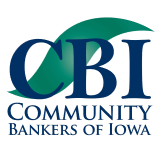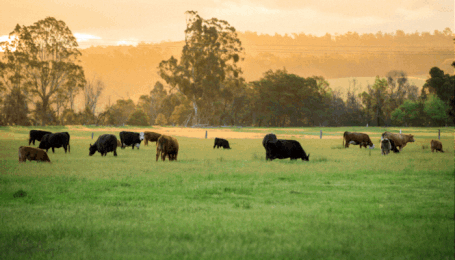| by John E. Lande, Attorney Dickinson Law |
The case began like so many cases of agricultural distress. The case revolved around a dairy farm that hit hard times. The primary lender, Compeer Financial, lent approximately $16 million, and was secured by blanket liens on farm products and real estate mortgages.
The dispute in the case was whether Quality Plus’s feed supplier lien had super priority over Compeer’s blanket lien. Compeer argued that Quality Plus could not establish a direct connection between the livestock sold when the dairy closed in 2019, and the feed that Quality Plus provided in the winter of 2017-2018.
The Iowa Supreme Court reviewed the rules of super priority liens. The Court acknowledged that for a feed supplier to sustain a super priority lien, the feed supplier must be able to establish a connection between the livestock sold and the feed supplied. In other words, it must demonstrate that some of the livestock consumed the feed supplied, and that some of the agricultural products (i.e., milk) were produced due to the feed.
However, the feed supplier’s lien only has priority over a blanket lien to the extent of value added from the feed. For self-raised livestock, the super priority lien can attach to the entire value of the animal, because the acquisition cost of the animal is $0. However, for livestock that are purchased, the feed supplier’s lien only has super priority over the difference between the acquisition cost of the livestock and the sale price.
Based on the evidence presented, the Court affirmed the conclusion that some of the proceeds generated from the sale of the self-raised livestock and milk were traceable to Quality Plus’s feed. However, the Court remanded the case to the district court for additional proceedings to determine the portion of Quality Plus’s claim that had super priority for livestock that the dairy farm had purchased.
This case demonstrates the challenges that can arise for lenders trying to enforce blanket agricultural liens. Iowa law gives agricultural supply dealers enhanced protections so that they continue to supply operators in distress. However, this can leave a mess for financial institutions trying to determine the portion of a bankrupt operation’s proceeds that are attributable to supply dealers. Financial institutions should do their best to understand the circumstances of their borrowers’ operations, and start to gather records regarding the use of agricultural inputs from borrowers in distress. This could include logs to identify which livestock are consuming feed supplied by a feed supplier on credit, and the acquisition cost of livestock.
A financial institution might also decide it is just simpler to advance the cost of obtaining inputs as protective advances. Protective advances would eliminate the need for dealing with suppliers, and it should protect or enhance the value of the collateral.
Financial institutions should weigh the different legal options early when a borrower begins to experience distress. Recognizing the holes in your blanket lien early on could save the trouble of needing to figure out which cow ate from a bag of feed.
Shareholder Attorney John Lande’s practice includes advising banks on regulatory issues, including matters related to cybersecurity, criminal investigations, fraud, confidentiality, insider transactions, mobile banking, collections, and wire transfers. His focus is on helping banks implement best practices to avoid litigation and disputes in the future. Find more information on his practice here.



 RSS Feed
RSS Feed